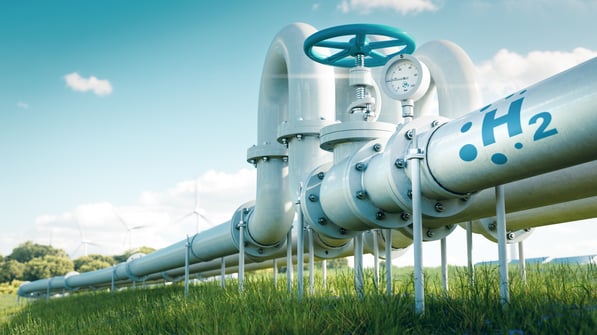Simulation of hydrogen embrittlement of steel using mixed nonlocal finite elements
Delving into a new simulation strategy presented in this groundbreaking research article, the team proposes a multi-field finite element approach to model hydrogen embrittlement. 🛠️ The methodology integrates displacements, pressure, volume variation, nonlocal damage variables, and lattice hydrogen concentration as unknowns, offering a more comprehensive understanding of the phenomenon.
The modified GTN model, incorporating hydrogen-enhanced decohesion, is employed to describe material behavior. The study utilizes a fully implicit formulation, addressing numerical challenges such as volumetric locking through a mixed pressure/volume variation formulation. Mesh size dependence is tackled using an implicit gradient nonlocal formulation.
The model is put to the test against an existing experimental database, showcasing its ability to represent key findings in the field. This includes the impact of deformation rate on tensile specimens, transition from surface to internal fracture, and the influence of pressurization rate in disk tests.
As hydrogen emerges as a promising clean energy vector, understanding and mitigating hydrogen embrittlement becomes crucial. The study sheds light on intricate mechanisms, combining mechanical and chemical factors, and emphasizes the importance of accurate modeling to ensure the safety and reliability of structures in power generation and transmission.
Read the full article here

Find out more about Z-set
Autors: Daniella Lopes Pinto, Amar El Ouazani Tuhami, Nikolay Osipov, Yazid Madi, Jacques Besson



